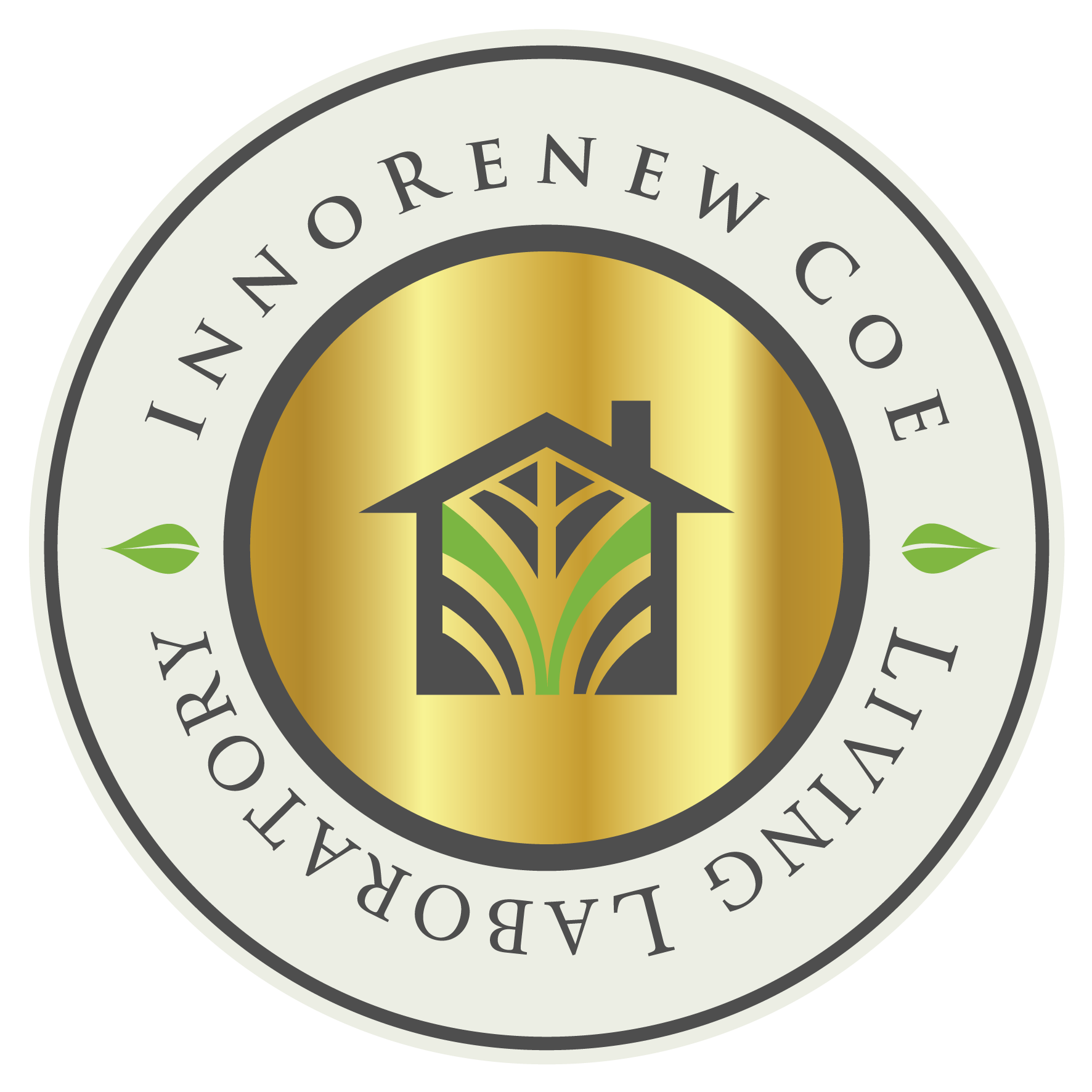
Raziskovalni matematični seminar - Arhiv
| 2026 | 2025 | 2024 | 2023 | 2022 | 2021 | 2020 | 2019 | 2018 | 2017 | 2016 | 2015 | 2014 | 2013 | 2012 | 2011 | 2010 |
| 1 | 2 | 3 | 4 | 5 | 6 | 7 | 8 | 9 | 10 | 11 | 12 |
Let $k\ge 1$ be an integer. In the 1960's, Helmut Wielandt introduced the notion of $k$-closed groups, which give a hierarchy of all transitive permutation groups. Intuitively, a $k$-closed group is the automorphism of a colored $k$-ary relational structure. For $k = 2$, where almost all of the work using Wielandt's hierarchy is done, it is simply the automorphism group of a colored vertex-transitive digraph (here an automorphism not only preserves arcs but also preserves colors). Over the course of my career, I have noticed that many results on symmetries in graphs, especially concerning the Cayley isomorphism problem, determining automorphism groups of vertex-transitive graphs, and also determining minimal transitive subgroups of the automorphism groups of vertex-transitive graphs (essentially classifying them), do not need too much information about the graph being considered. That is, a certain group theoretic property that the automorphism group of a vertex-transitive graph has is all that is needed to prove many results. To capture this idea, we introduce a new class of transitive permutation groups which has this property, and contains all transitive $2$-closed permutation groups. There are $3$-closed groups which do not have this property, so in a way this class is ``between" $2$-closed and $3$-closed (the combinatorial object whose automorphism groups are $3$-closed are 3-uniform hypergraphs with each hyperedge ``directed" and ``colored"). So we call this class $5/2$-closed. It turns out that not only are $2$-closed groups contained in this new class, but also the automorphism groups of configurations, and in more generality, combinatorial objects whose ``edge" set is a $1$-intersecting set system (that is, any two ``edges" intersect in exactly one vertex). We will then discuss the advantages of working in this new family of groups, and some results which have been obtained.
Everyone is welcome and encouraged to attend!
Geometrical operations such as truncation, duality, Petrie-duality, among others, arise naturally in the study of highly symmetric convex polyhedra. Often these operations do not generalise in an obvious way to combinatorial objects (such as abstract polytopes). In the talk we shall present a way to deal with many of these operations in a graph-teoretical setting using maniplexes, which are combinatorial generalisation of maps on surfaces and convex polytopes. We shall see how we could potentially use these operations to build maniplexes (or abstract polytopes) with prescribed symmetry type.
Everyone is welcome and encouraged to attend.









